This is new MacBook pro by Apple with Core i7.Enjoy the MacBook pro 2010……
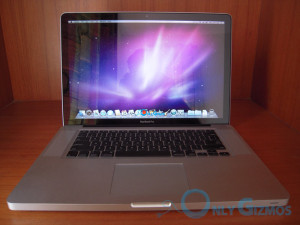
Apple’s secrets have been getting out a bit more than usual over the past couple of months, and few were shocked when Intel’s newest slabs of silicon slithered beneath the unibody shells of the freshest MacBook Pros.
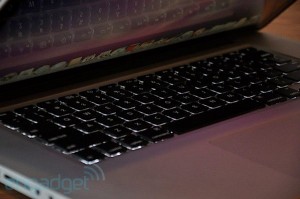
In fact, everything about the new MacBook Pro is slimmer – even the box and packaging it comes in. A definite plus is that you can never angle the older MacBook Pro’s screen back enough – the new one, since the new case design, angles back much for comfortably, particularly if you actually use it on your lap.
So it is with the launch of the 2010 lineup of MacBook Pros. While the 15-inch and 17-inch MacBook Pros have made the switch to the newer line of Core-i CPUs, the 13-inch Pro still uses the older Core 2 Duo CPUs. For the spec-conscious, here’s how the range lines up – the 15-inch MacBook Pro is available in three standard configurations, all of which are kitted with a standard 4GB of DDR3 RAM, dual graphics processors, and a glossy 15.4-inch LED-backlit screen. The entry-level system comes with a 2.4GHz Core i5 processor and a 320GB hard drive, with a mid-range system sporting a 2.53GHz Core i5 processor and a 500GB hard drive and the top of the line model with a 2.66GHz Core i7 processor and a 500GB drive. With the 17-inchers, you get the option of a either a 2.53GHz Core i5 or a 2.66GHz Core i7. And let’s not forget the most petite of the Pros – the entry-level 13-inch model comes with a 2.4GHz Intel Core 2 Duo CPU and a 250GB hard drive), and the higher end model with a 2.66GHz Core 2 Duo/ 320GB drive. Our review sample was the top-end 15.4-inch 2.66GHz Core i7/4GB DDR3 RAM model.
On the outside, you’d be easily forgiven if you mistook this Pro for a 2009 vintage. There is absolutely no difference externally, which isn’t a half bad thing really. The minimalist aluminium-unibody design is still the standard by which other laptops are measured for their looks and build quality, so Apple’s not upset any apple carts here. Having said that, since this is not a revolutionary upgrade, some of our complaints from the last iteration get carried over as well – the 2 USB ports are still too close to each other to be usable, and they’re still missing an HDMI or a USB 3.0 port. (Mental note: good luck seeing that on a Mac anytime soon!). The all-aluminum design means that the edges are still too sharp for comfort, and that these babies still run pretty hot on a lap.
But it is under the covers of this beauty that the beast lies. Not only do you get 2010-spec processors, Apple’s gone one step further by mating them with some of the latest NVIDIA graphics. Under fairly moderate use – running multiple tabs on our favorite memory-hogging browser along with some photo edits are pretty much the norm – the Core i7 stands up tall to the task, and then some. The Core i7 processor supports a feature called Hyper Threading (as do the i5s in the rest of the 15-inch MacBook Pro range). In effect, this enables two threads to run at one time on each core, giving the dual-core chips four effective cores. Along with the Turbo Boost technology, which switch off idle cores when applications aren’t using them to increase the speed of the active cores, the i7s under the hood means that the blistering performance boosts one finally gets to see isn’t just a function of the increased MHz.
The more important question – what impact does this have on the MacBook Pro’s otherwise legendary battery life? Those familiar with the last generation of MacBook Pros will remember the all-bay battery life that Apple had delivered with their switch to non-user-replaceable batteries. This time around, the Core i7 processor and the fairly capable discrete graphics has meant that sustained processor and graphics intensive usage will bring the battery life down to a little over 4 hours of use.
But the more things change, the more some stuff will stay the same. The MacBook Pros. The glossy widescreen display still is bright and delivers excellent contrast and color reproduction, and the excellent glass touchpad now features inertial scrolling, much like the iPhone. There’s still no Blu-ray support, though to be fair, it was never expected either.
However, also features an Intel Core 2 Duo processor.) On the one hand, at the time we wrote this, clock rates on the Core i3 line topped out at 2.26GHz for notebooks, below the 2.4GHz rate in the Core 2 Duo chip Apple used. But on the other hand, Core 2 Duo doesn’t allow for multiple virtual threads, or Hyper-Threading. Hyper-Threading allows compatible software to divvy up tasks among twice the number of cores than are actually present in the chip. As a result, it’s possible that a Core i3 chip might have presented better performance for Hyper-Threading–capable programs, such as Adobe Photoshop. For the average consumer, however, Core 2 Duo is plenty good, and it likely saves you a little cash. Plus, professionals who would likely be taking advantage of Photoshop or other Hyper-Threading–optimized software would probably opt for the 15- or 17-inch MacBook Pro instead.
Finally caved and threw in a Blu-ray option? Added a “Flash-capable” sticker in the palm rest? Go on, get creative in comments below.
Resources :computershopper.com,onlygizmos.com,engadget.com

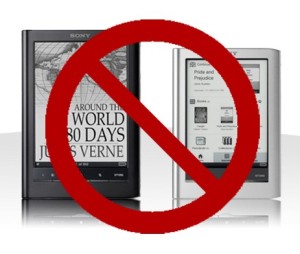
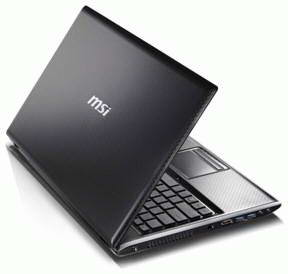
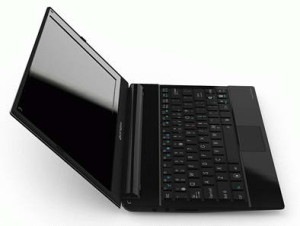
Pingback: Marks & Spencer stores in India
Pingback: Composting Food Scraps Makes the Earth HappyGardening Equipment | Gardening Equipment
To bad apple doesn’t add solod state drives tto all their products by default.
it’s solid, not solod, and it’s great that they dont use them by default. Sure an SSD is fast, but it’s small, expensive, and short lived.